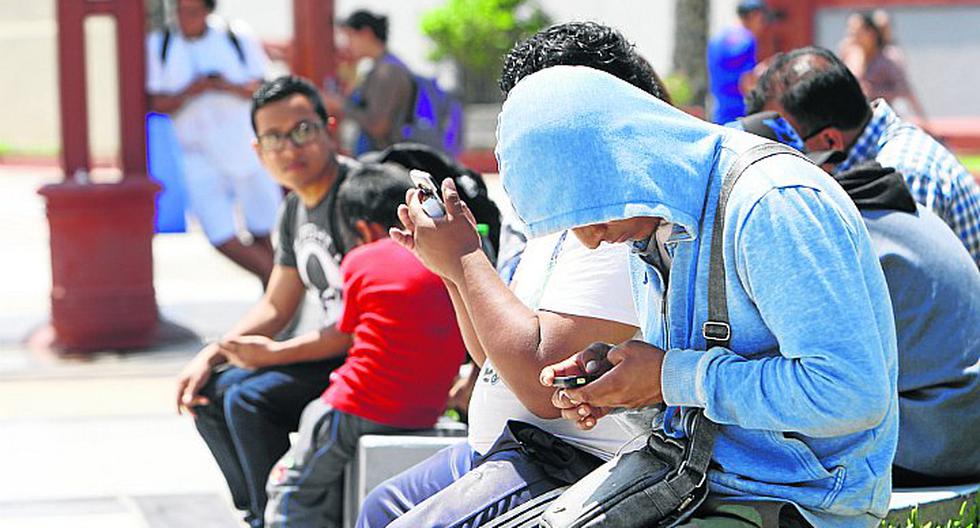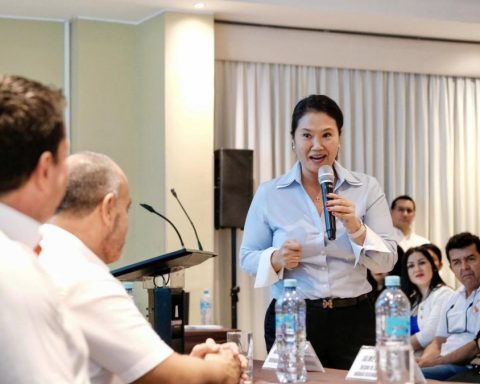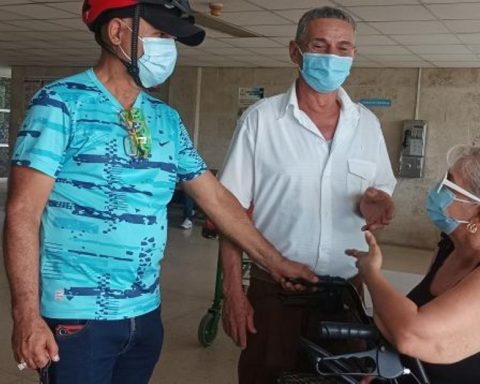The young people who they do not study or work (ninis) and who are between 15 and 29 years old increased in 2021 and came to represent 19.1% of the total, reported the National Center for Strategic Planning (Ceplan).
As for 2020, this meant an increase of 2.2 percentage points.
“The COVID-19 pandemic has had very strong impacts on the Peruvian labor market, especially for young people, who delayed their entry into the labor market, opted for temporary or lower-quality jobs, and prolonged their period of unemployment or inactivity” , specified the entity in this regard.
Although in Peru the ninis are characterized more by being women in urban areas, there are other aspects that need to be highlighted.
NEET CHARACTERISTICS
“20.7% of young people who lived in the urban area were Ninis, which meant an increase of 2.7 percentage points compared to what was reported in 2009 (18%); while the percentage of young NEETs living in rural areas had a reduction of 0.4 percentage points, with percentages below the trend at the national and urban level (it went from 13.2% in 2009 to 12.8% in 2021). On the other hand, in the 2009-2021 period, the average percentage of Ninis young women (24%) remained almost double the percentage of Ninis young men (11.9%)”, highlighted Ceplan.
According to the entity, the trend is also observed at the level of regions within the country, where there are differences in the percentage of male and female ninis.
By 2020, in the jungle, the percentage of young women who do not study, are not employed or receive training registers 29.0%, about 2.5 times more than the percentage of men (12.0%); while, on the coast, women reached 33.3% and men 24.2%; and in the mountains, it reached 21.9% in women and 16.1% in men.
“In this sense, experts believe that maternity or conjugal life are the main reasons why some young people, especially women, do not find employment, and end up moving away from educational and economic activities. This would be a consequence of cultural aspects of Peruvian society, where it is common to observe that women fulfill the role of mothers and housewives,” Ceplan specified.
At the Latin American level, in 2020, 18.0% of young men between the ages of 15 and 24 did not work, study or receive training, while the percentage of women was 30%.

















